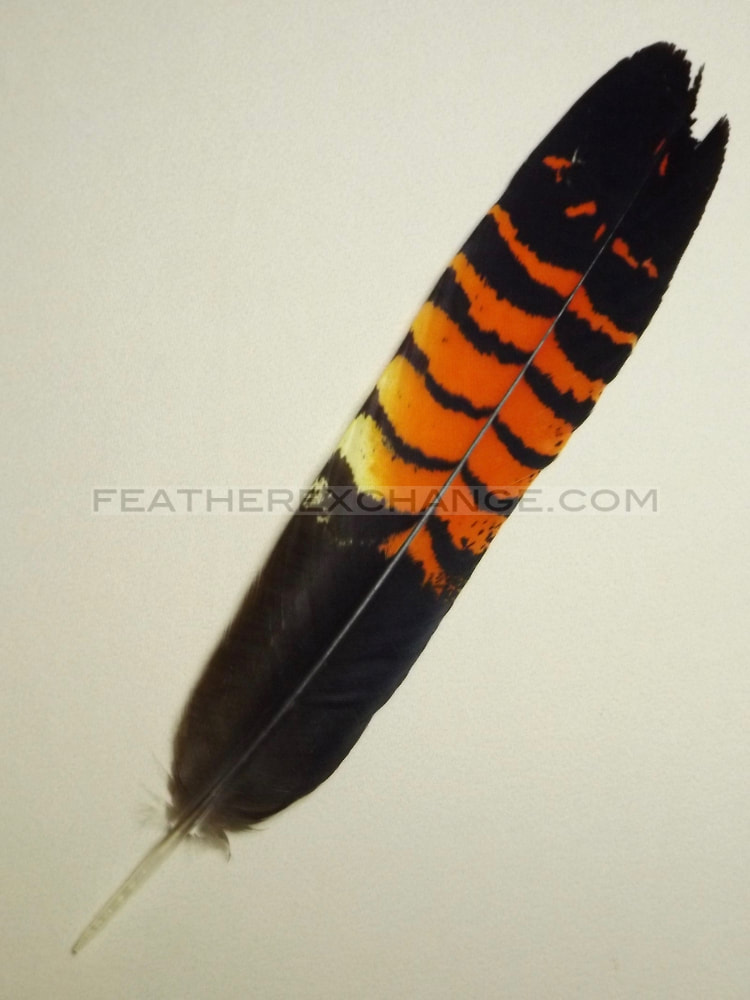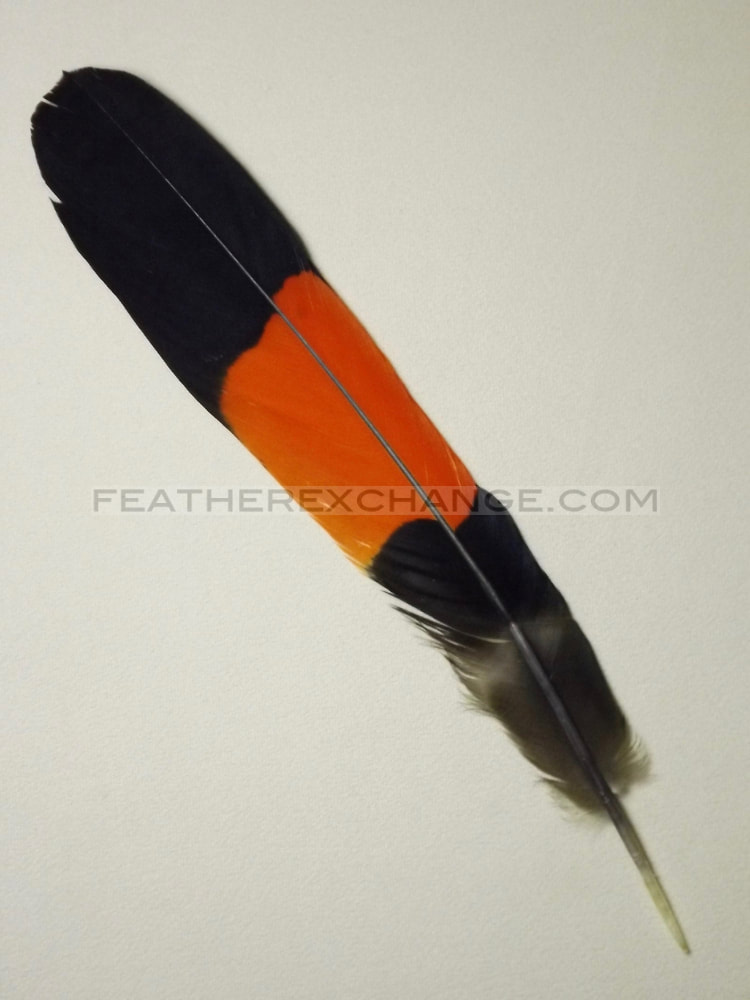GRADING GUIDE
A HELPFUL GUIDE TO OUR EXCLUSIVE GRADING SYSTEM
Strict Grading = Excellent Prices!
Because we see a lot of moulted feathers from Black-Cockatoos and other rare birds, we know what is possible and what isn't in the qualities of the feathers.
We have the luxury of being very strict on grading and therefore our middle grade feathers (Grades 2 & 2+) are much lower priced than our high grade feathers - but are still a nice quality to most people. Our middle grade feathers can be comparable to 'top', 'A' or 'AAA' grade feathers, when based on a grading system which isn't as strict. The terms 'Good', 'Very Good' or 'Excellent' can also be broad, but our numbered grading system keeps the grades more specific. This system is exclusive to FeatherExchange.com and is best suited for the types of feathers we source and supply.
There is a large difference in value between the grades and please remember that our true high grade feathers (grades 3 and 4) are above the criteria for 'top', 'A' and 'AAA' grade feathers used by other feather sellers.
Enhancement Potential: Some of the grade 1+ feathers can be trimmed (or shaft repaired) to become a higher grade and some grade 2 and 2+ feathers can also be very gently ironed and/or trimmed by customers to enhance their grade. We do not enhance feathers this way, since we only grade and supply feathers in exactly the same condition they fell from the bird. Our grading system is solely based on grading the feather in it's natural condition and without any human enhancement. The only thing we do is clean the feathers and our method keeps the feathers true to their natural form.
Please note:
Some Grade 1+ specimens are so close to being a Grade 2 that they are listed in the 'Middle Grade' category. Some Grade 2+ specimens are so close to being a Grade 3 that they are listed in the 'High Grade' category.
We have the luxury of being very strict on grading and therefore our middle grade feathers (Grades 2 & 2+) are much lower priced than our high grade feathers - but are still a nice quality to most people. Our middle grade feathers can be comparable to 'top', 'A' or 'AAA' grade feathers, when based on a grading system which isn't as strict. The terms 'Good', 'Very Good' or 'Excellent' can also be broad, but our numbered grading system keeps the grades more specific. This system is exclusive to FeatherExchange.com and is best suited for the types of feathers we source and supply.
There is a large difference in value between the grades and please remember that our true high grade feathers (grades 3 and 4) are above the criteria for 'top', 'A' and 'AAA' grade feathers used by other feather sellers.
Enhancement Potential: Some of the grade 1+ feathers can be trimmed (or shaft repaired) to become a higher grade and some grade 2 and 2+ feathers can also be very gently ironed and/or trimmed by customers to enhance their grade. We do not enhance feathers this way, since we only grade and supply feathers in exactly the same condition they fell from the bird. Our grading system is solely based on grading the feather in it's natural condition and without any human enhancement. The only thing we do is clean the feathers and our method keeps the feathers true to their natural form.
Please note:
Some Grade 1+ specimens are so close to being a Grade 2 that they are listed in the 'Middle Grade' category. Some Grade 2+ specimens are so close to being a Grade 3 that they are listed in the 'High Grade' category.
Grade Examples, Below:
Moderate flaws will distinguish a grade 0 from a grade 1 and a grade 1 from a grade 1+, but major flaw/s will distinguish a grade 1 from a grade 2. These low grade feathers are inexpensive and ideal for fly-tying and other uses. Two feathers of the same grade can have entirely different flaws, as we put into account not just photo visible damage - but also: texture, staining, the shaft and quill condition.
For many customers, the middle grade feathers (grades 2 & 2+) are excellent value for money and suit the broadest range of uses, from manufacturing nice fans and other products to collection and display purposes.
|
Only a minor difference - between Grades 3 & 4.
|
The grading does get stricter - as it gets higher.
|
Note: Grade 4M is a sub-grade of Grade 4 and reserved for the very best of the grade 4 feathers. Feathers in the 4M Grade are scarce. Feathers in these high grades are suitable mostly for discerning collectors.

















